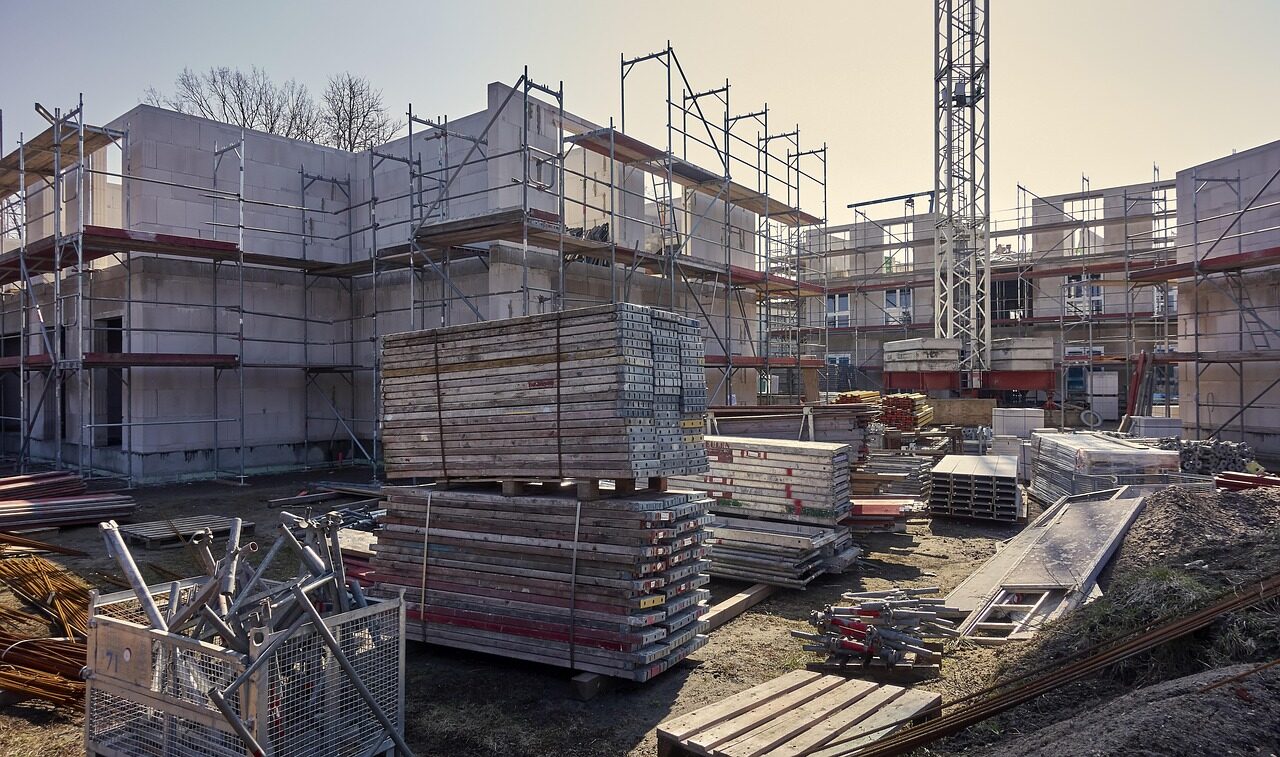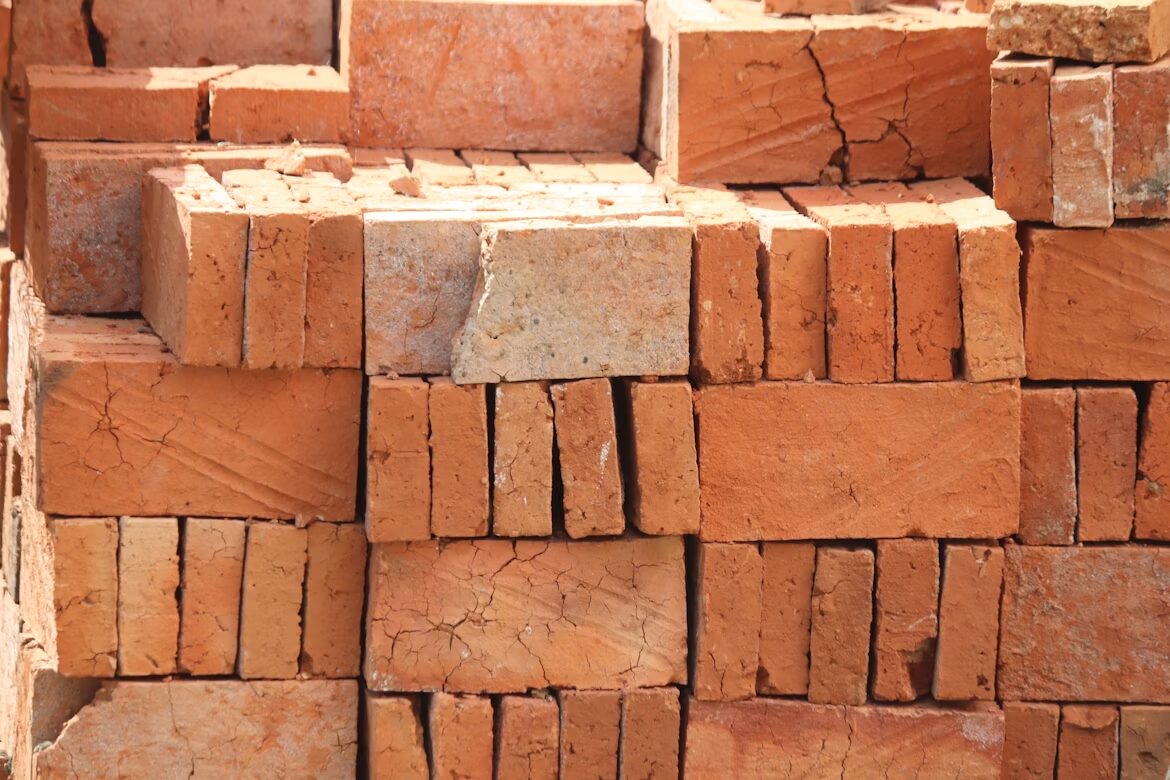Sustainable building materials play a significant role in enhancing the efficiency and comfort of homes. As the conversation around climate change and environmental health grows louder, homeowners are increasingly seeking ways to minimize their impact.
This shift results in a growing demand for materials and techniques that support energy conservation, improve indoor air quality, and promote well-being. Homeowners can create a comfortable and efficient living space while making a positive environmental impact by selecting appropriate materials.
Understanding Sustainable Building Materials
Sustainable building materials are derived from renewable resources, designed to be reused, or produced through environmentally-friendly processes. These materials aim to reduce energy consumption and increase sustainability in construction practices. Key characteristics include low environmental impact, durability, and the ability to be responsibly sourced. They often involve materials that are recycled, reclaimed, or certified by recognized sustainability standards.
Among the various options on the market, wood is one of the most prevalent sustainable materials. With Premium Wood Materials, homeowners can achieve a blend of style and functionality while keeping an eye on environmental responsibility. Builders can create energy-efficient structures that are visually appealing by using timber from responsible harvesting practices.
Incorporating other materials such as bamboo, recycled metal, and reclaimed brick can further enhance a building’s sustainability profile. Using local materials reduces transportation emissions and supports regional economies. Advances in manufacturing technology have led to innovative products that combine sustainability with high performance. Life cycle assessments can help determine the long-term environmental benefits of chosen materials.
Energy Efficiency Through Proper Insulation
The role of sustainable materials extends beyond mere aesthetics. One of the primary benefits lies in their insulation properties. Effective insulation minimizes heat loss in winter and keeps homes cooler during summer. Materials like cellulose, made from recycled paper, or sheep’s wool, provide excellent insulation and regulate humidity, improving indoor air quality. A well-insulated home can result in significant energy savings.
Studies show that homes with high insulation values can reduce heating and cooling costs by up to 50 percent compared to poorly insulated homes. This lessens the financial burden on homeowners and conserves energy. Quality insulation contributes to thermal comfort by maintaining stable indoor temperatures, ensuring a cozy atmosphere regardless of exterior conditions.
Indoor Air Quality and Health Implications
Indoor air quality is another important element directly influenced by the choice of building materials. Many traditional building materials contain volatile organic compounds (VOCs) that can lead to various health issues, ranging from allergies to more severe respiratory conditions. Opting for sustainable materials can mitigate these risks by minimizing or eliminating the use of harmful chemicals.
Bamboo, for example, has gained popularity in flooring and cabinetry. Bamboo is rapidly renewable and naturally resistant to mold and pests, adding a layer of health benefits. Studies show that homes built with sustainable materials can improve the air quality significantly, ultimately contributing to better health for occupants and reducing the risk of chronic illnesses.
The Impact of Natural Light
Incorporating sustainable building practices can improve a home’s use of natural light. Strategic window placement, the use of skylights, and light tubes can enhance daylighting, reducing the need for artificial lighting and promoting a more energy-efficient living environment. Natural light contributes positively to mental well-being, enhancing mood and productivity.
Designers often incorporate passive solar design principles, leveraging the sun’s energy to provide heat and light. This can lead to reduced energy costs while creating a brighter, more inviting space. Research indicates that even small adjustments to maximize daylight in a home can lead to significant energy savings, with many households reporting reduced utility bills.

Long-Term Cost Benefits
While the initial investment in sustainable materials may be higher than traditional options, the long-term cost benefits far outweigh this upfront cost. Increased energy efficiency leads to lower utility bills, while the durability of sustainable materials often means less frequent replacements or repairs. Many states offer incentives for homeowners who invest in energy-efficient upgrades, providing additional savings.
An important consideration is the long-term value of a home. Properties constructed with sustainable materials often appreciate more quickly, appealing to environmentally conscious buyers in a competitive market. Homeowners can view their investment in sustainability not merely as an expense but as a strategic decision that enhances the enduring value of their property.
Choosing sustainable building materials is not just an eco-friendly decision; it significantly influences home efficiency and comfort. From enhancing energy efficiency through insulation to improving indoor air quality and maximizing natural light, the benefits are numerous and impactful. As the world shifts toward a more sustainable future, homeowners who prioritize these materials will find themselves saving money and contributing positively to the environment. Embracing sustainable building practices ensures a healthier, more comfortable, and efficient home for generations to come.





























